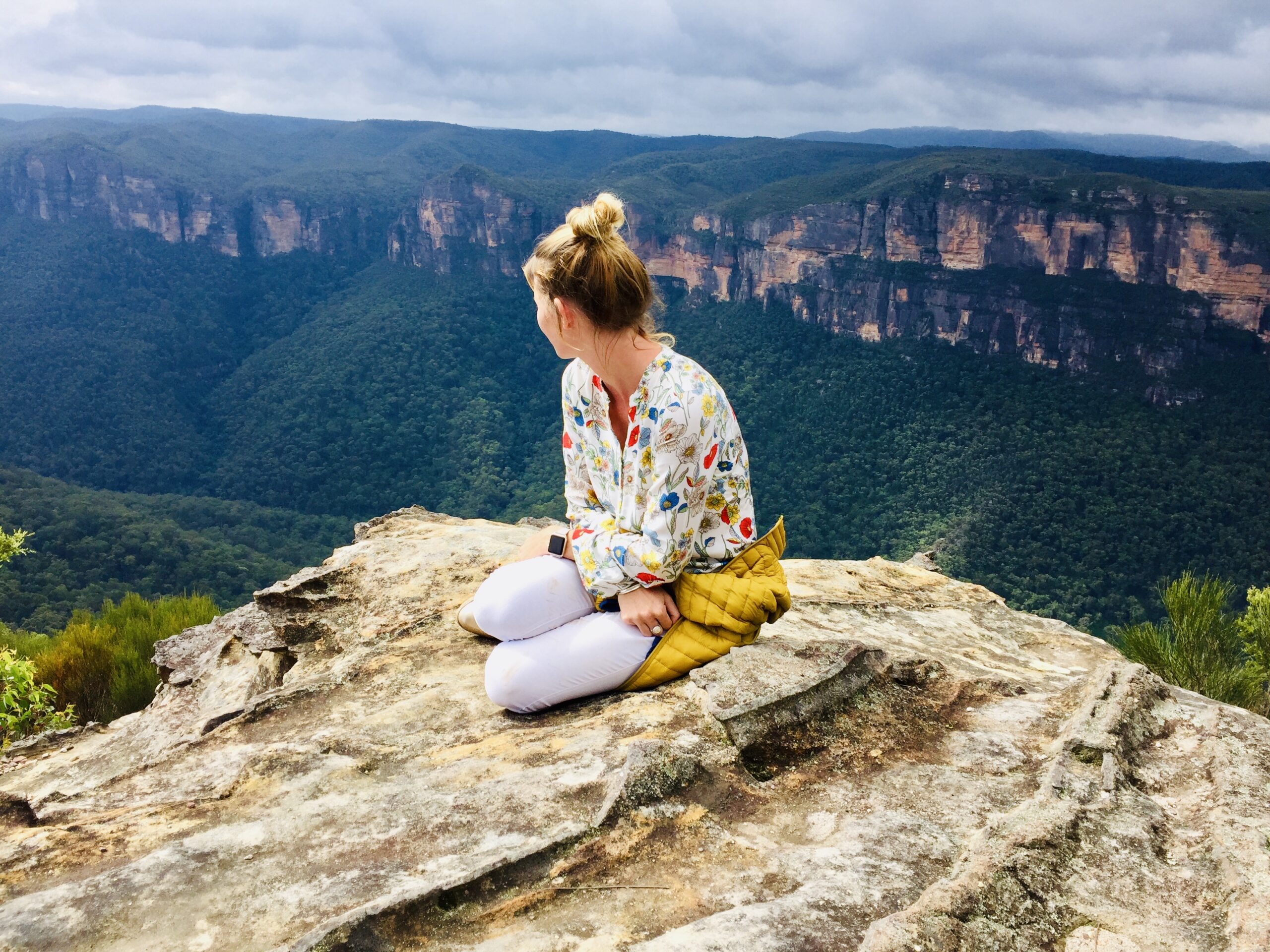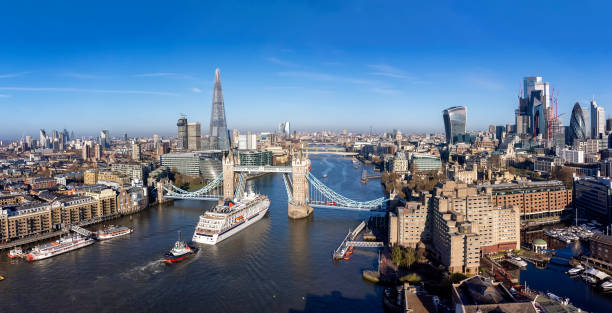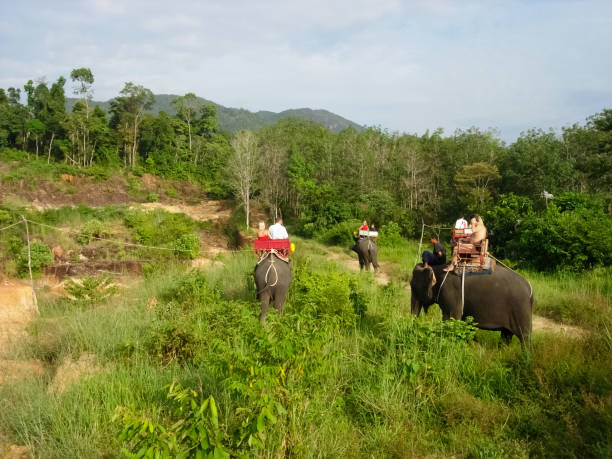PETRA JORDAN TIPS FOR VISITING & THINGS to SEE
Petra Jordan was not voted one of the 7 New Wonders of the World for nothing! It is truly a place that lives up to the hype. Petra, Jordan, has been described as one of the most beautiful ancient cities in the world. It was both during the day and Night, and we could see it. We recommend spending at least two days in Petra, as many people only visit it for a quick day tour.
Things to Do in Petra, Jordan
We only had two days to explore the area and could have spent more. Petra Archaeological Park covers 65 acres. You can start your tour at the site.
Dave and I hired a private guide to help us navigate the city. It was a great way to keep one step ahead of others and find the best viewpoints to view all the stunning rock-cut facades.
The Siq of Petra
The Siq passage stretches 1.2km and cuts through rock up to 80m high. This mysterious wonder was kept secret by the Siq, another name for a canyon. The entrance to the gorge was still being determined. It is now the main entrance to the fantastic ruins, where visitors can walk down or ride a horse and buggy.
Bab el Siq
Bab el Siq means the Gate of the Siq. The modern entrance into Petra and the beginning of the walkway take you from the visitor’s center to the Treasury.
Take your time, and make sure you stop at the Obelisk Tomb. It’s the first tomb you will see and is quite impressive. It is a smaller version of the Treasury, which is fantastic to see before entering the city center.
Djin Blocks
One of the most prominent monuments along your journey is the Djinn Blocks. The Nabataeans built them in the first century A.D. Although little information is available about the three-block tombs, they are believed to be funerary monuments.
Petra at Night
Petra by Night was our first introduction to Petra. We arrived in Petra the day before we toured the ruins and entered the Treasury at Night.
Following a candlelit path along the Siq, we walked on original stones from 1000 BC. It was an ethereal and beautiful experience to see the walls of Siq rise in the darkness. We were led to the Treasury, lit by thousands of candles. Here we saw a traditional Bedouin performance.
Although the performance was not outstanding, the nighttime walk through Siq was breathtaking. We highly recommend that you do Petra at Night before going to the city by day.
Night at Petra
- Petra by Night runs on Mondays, Wednesdays, and Thursdays, so plan your trip around these days.
- The performance lasts for approximately 2 hours.
- Hot tip: Avoid walking too much through the Siq. Instead, move quickly to the front to enjoy the best view of the performance.
- Ensure you stay even after the crowds have left to take photos of the Treasury without being surrounded by heads and shadows.
- Keep warm. Petra is in a desert setting, so it can get cold quickly once the sun sets.
Ride a horse and take a carriage to Petra.
We were eager to return to the sick after our Night in the dark. We woke up early to avoid the crowds and stroll along the six. As we walked up the path, horses ran past us.
- We were informed later that the entrance fee included a horse ride.
Horses or buggies transport you from the visitor’s center to the Siq entrance or back. It would be a unique experience to ride a horse and carriage through a six, just like the ancient Bedouins did for hundreds of years.
The Treasury
Because there are so many places to view Petra’s star attraction, we spent quite some time at the Treasury. The Treasury is our favorite site in Petra. It is the only intact facade.
The Treasury was believed to contain many treasures. You can still see bullet holes from when Bedouin tribe members attempted to storm the building and steal its treasures. As Dave took photographs, Ali, our guide, sat down with me and told me about the history of Nabataeans.
Street Of Facades
The Treasury opens to the Siq, which leads us to the Outer Siq. It is lined with Nabataean Tombs. Facades on the tombs’ fronts display impressive fake faces. It is fantastic to see how erosion causes the sand to appear like desert waves.
Sacrifice at the High Palace
It takes about half an hour to reach the top of Attuf Ridge from the high palace of sacrifice. This is a great place to climb the cliffs to view the ruins better. These are also one of the most well-preserved and important sacrifice sites of any ancient city on Earth.
View of Petra Al-Khubtha Trail
Exploring Petra is best when you can find paths to better views. This view is taken from the Al-Khubtha Trail. A side view, where children act as guides and bring you up to the top, are excellent vantage point to see the Treasury.
Columns of The Great Temple
The Great Temple covers 7,560 meters. This complex is a great place to see architecture, facades, and frescoes dating back to the Nabatean period.
Royal Tombs
You will need to climb up rocks and navigate through caves. This route leads to the top of a mountain made of stone that overlooks the entire complex.
Here are the paths to the Monastery and the High Sacrifice. You can also see the Petra Theatre. You can visit the Palace Tomb, Corinthian Tombs, Silk, and Urn Tombs. The Urn Tomb is a monument that dates back to 70 A.D. It was converted into a church by the Romans in 447 AD.
Petra Monastery
The Monastery is our favorite building in the whole complex. The Petra Monastery is 50m high and the tallest in Petra. It dates back to the 1st Century B.C. It is worth the 45-minute hike to the top.
This majestic structure will not only impress but also offer breathtaking views of Wadi Araba’s valleys and rocky landscape.
Tips for visiting the Petra Monastery
Refrain from wasting your time when you arrive at Petra. After seeing the Treasury, you will feel compelled to wander slowly through the ruins. After you’ve explored the Treasury, go straight to the Monastery. It is best to arrive early to attend the tour groups. By 10 a.m., the place is packed.




Post Comment